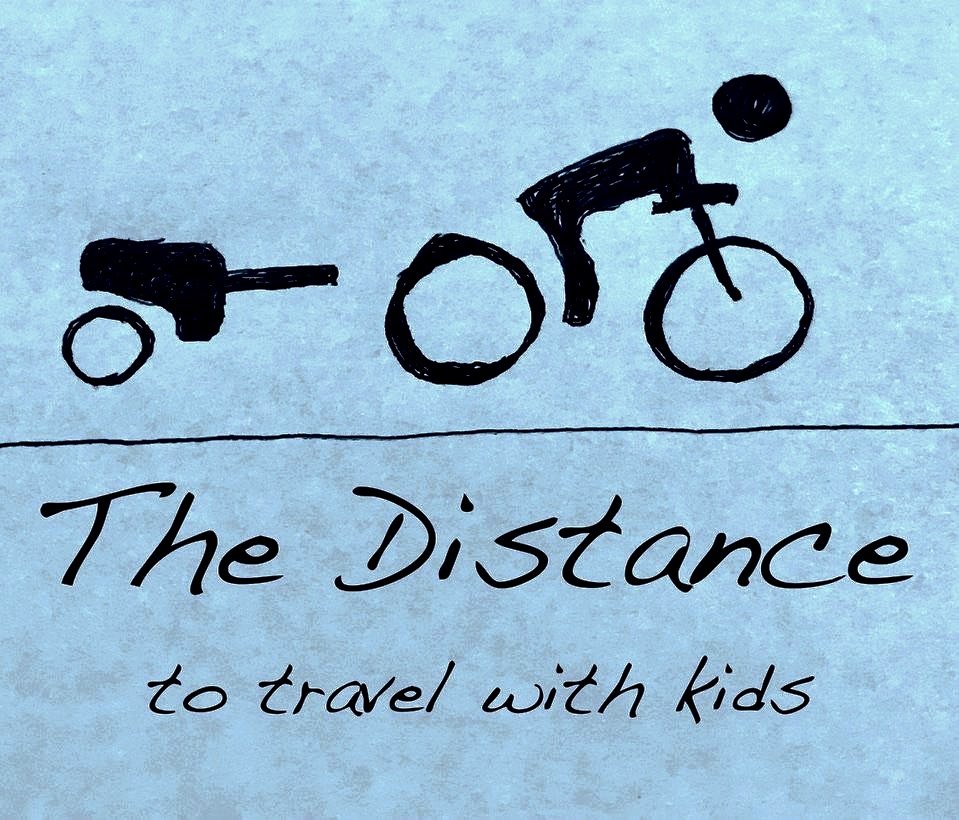Right of way paths
Right of way paths in the UK connect small villages and towns through private land in the countryside. Collectively, the paths along with public trails make up a rambling national past-time that is foreign to Americans.
I like being in nature. Feet on the grass, breeze on my face, green stretching out in front of me. Or looking out at open water to the horizon line. It restores my spirit in a way that seeing great art in a gallery does not.
I’ve also learned that I like a path. I find trail-blazing exciting but it occupies my brain in a way that restricts its desire to wander. That head space, the freedom to unwind in nature; it may be what restores me. I just want to walk, ride my bike or swim. Leave me to enjoy the view, the smell, the sun and let my brain dance. Actual wilderness and its dangers interfere with me just being. Wilderness requires something that I don’t always want to give.
This is why I love the countryside in the UK. It’s not big wilderness. There are no bears or bison. But nature is everywhere and immediately accessible. There are right of way paths across urban, suburban and networked across the country. I can take the train from London and in far less than an hour in any direction be somewhere that feels remote - walking through private fields and woods alone. Anywhere you put your finger on the map is networked with right of way paths.
While ownership defines our lives; little normal person time is devoted to thinking about it and its rules. Who owns this land, house or car? And why? What are the rules when you buy, sell or own it? Should there be parameters and restrictions when you own land? Things that you have to give up for the greater good?
The US is an individualistic country, built on the false idea it’s a meritocracy. Your stuff is your stuff. You earned it. Don’t tax it much. Don’t walk across my land or you’re trespassing. All rooted in the premise is that others are going to take what’s yours or interfere. This means that much of the countryside is untouchable aside from earmarked parks and trails.
It’s the land of big skies and big wilderness. But those postcard images of Zion or Bryce tend to represent National Parks that make up a fraction of the overall area. Big wilderness and nature tends to be is inaccessible to most. They are extremely removed from most citizens’ daily lives; relegated to a once in a life-time summer vacation. There are trails and and parks, but they’re not everywhere. They require you to get in a car and drive there.
What if other people weren’t going to take your stuff or interfere with your property? What if you could share and collectively have something that is greater. Growing up in the US these are not intuitive questions.
In the UK, there are right of way paths networked across the country dating back to the National Parks and Access to the Countryside Act of 1949. They run alongside rivers, cut across private farmland and public commons. There are major designated routes that act like national parks like the Ridgeway or Pennine Way, but from a small town in the English countryside, you can find your way across private farmland in a series of public footpaths. Many are recorded on Ordience Survey maps. And if you’re going to the countryside for a weekend, it’s easy to find public footpath walks mapped out in books or on websites. They’ll highlight local points of interest and pubs.
Public footpaths, in aggregate, total up to a generous public good that allows people to explore and enjoy the countryside. Not just big national parks or designated trails, but any tiny village in the UK will have public footpaths connecting it to the surrounding towns and villages. It adds up to a national pastime. On Sunday afternoons, people put on their boots and take walks across the countryside and cap it with a Sunday lunch at a pub. Or stop at a National Trust property.
As a nation, they’ve decided that giving up some fraction of absolute ownership (an easement) can equate to a larger good for everyone. As an outsider here, I can see how valuable and unique access to right of way paths across the countryside can be.
The origins of all these paths are ancient, roman roads, paths for early commerce. The land across the UK and Europe was already networked. Modern law reinstated something that had once been established. And England hasn’t gone as far as Scotand and other Northern European countries that have an established right to roam.
For now, local Right of way paths don’t seem like a possibility in the US. But it does feel like the ideal, a society that would share land so that everyone can easily access nature.

